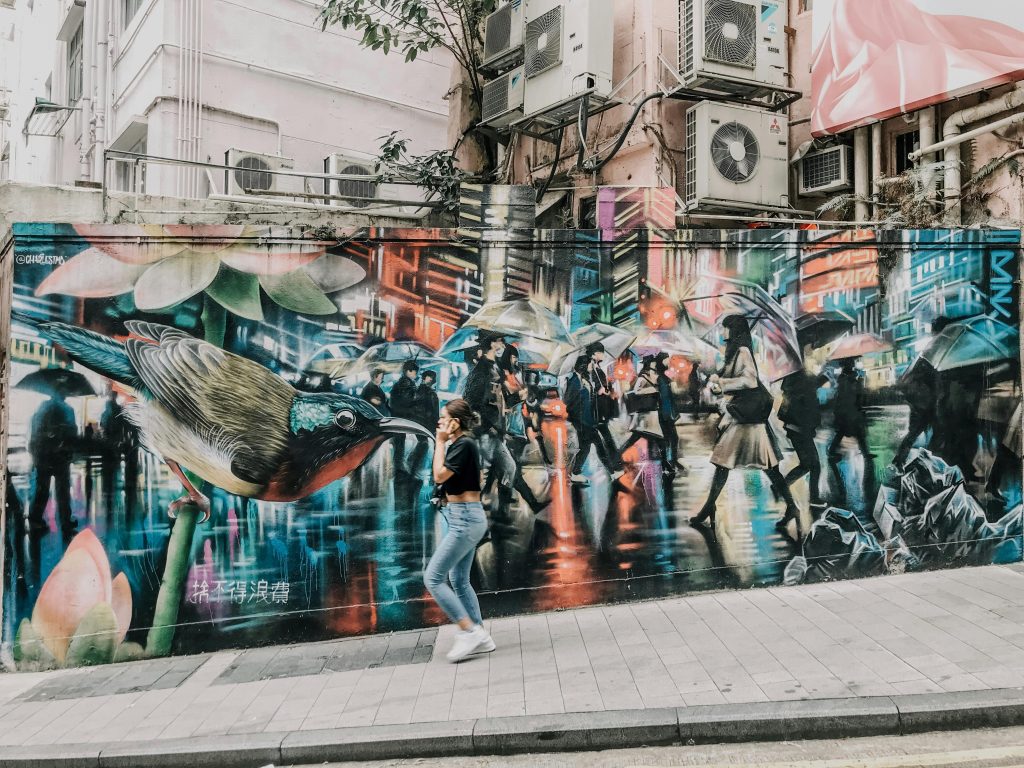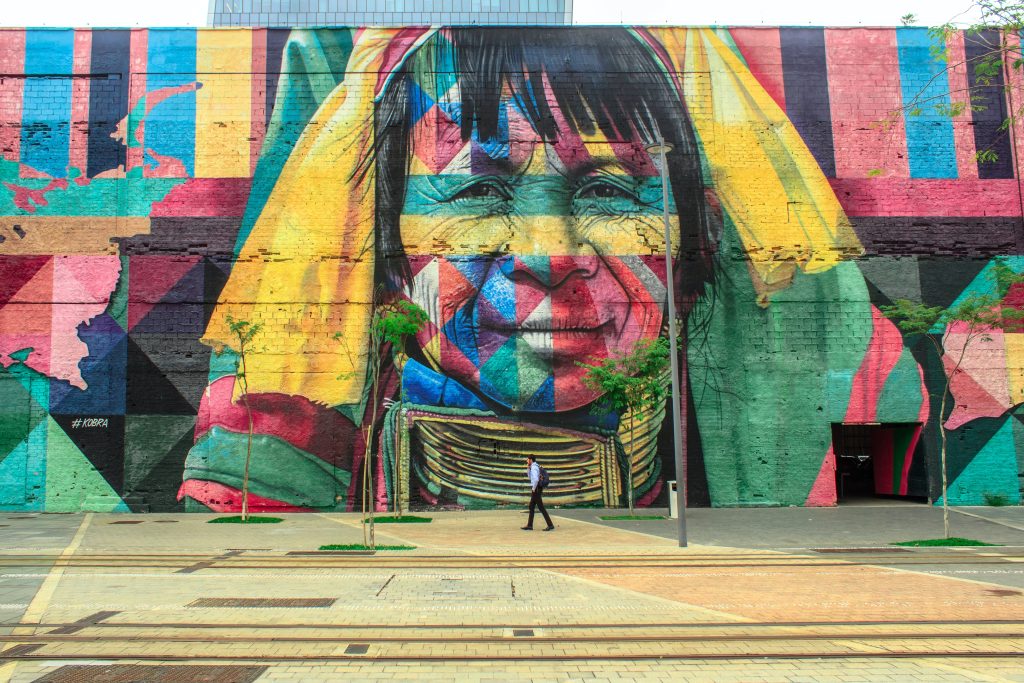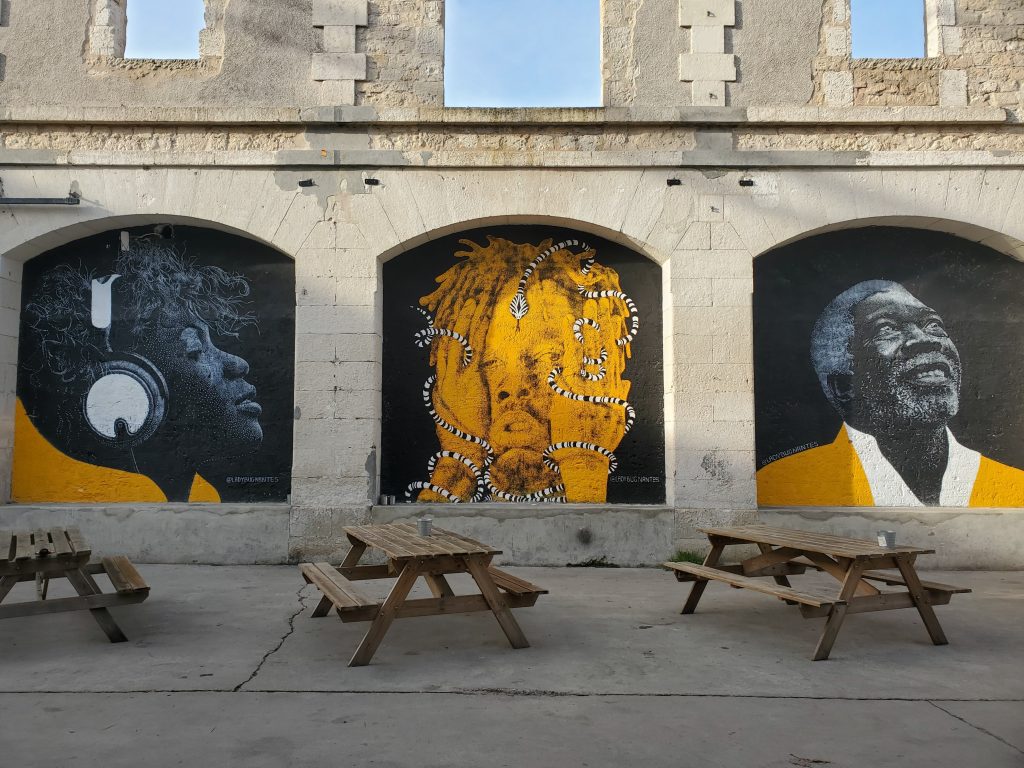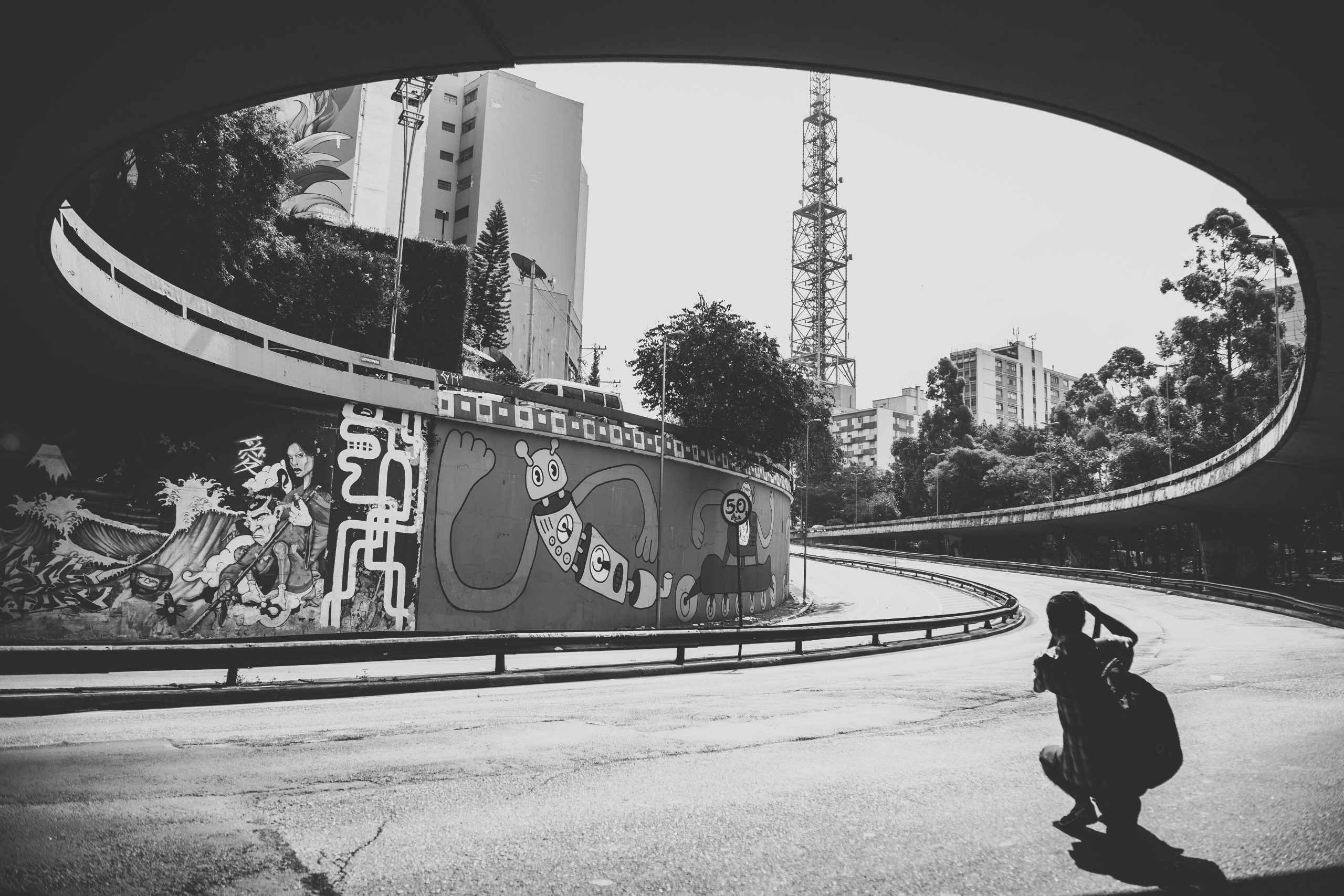City Murals and Urban Expression; a bold fusion where art meets the pulse of the city. People often viewed street art negatively and stereotypically, labeling it as a form of vandalism and rebellion, a crime to erase and punish. But those days are gone. This Urban expression has transcended its underground, dark history to emerge as a driving force grounding it self in urban landscapes and influencing public discourse. The iconic and well-established street artist Banksy once said:
“Art should comfort the disturbed and disturb the comfortable”
This perspective reverberates across the mural-adorned alleyways and streets, demonstrating the gravity of street art in the construction of local communal identity. Step on board as we delve into the bold and vibrant realm of city murals and urban expressions.

City Murals And Urban Expression
City murals, and street art in general, bold and authentic form of expression, created by artists in public spaces usually without official approval, carrying massages of subversion and protest. Urban expression takes many forms; graffiti, stencils, stickers, posters, sculptures, and instillations. Marking public surfaces is by no means a contemporary innovation; it stretches back to ancient times. However, in recent decades street art has grown in popularity and reputation. Owing to the explosion of internet and social media, street artists now can share their work with a larger audience, transmuting messages across the globe. This rise in recognition and visibility has transformed street art from mere acts of rebellion to an influential and widely celebrated form of urban expression, making cities worldwide their open-air exhibitions.
This evolution has led to progressive collaborations between street artists and local officials and institutions, converting urban spaces into expressive hubs of cultural dialogue. Beyond that, street art festivals are on the rise, attracting tourists and art enthusiasts, supporting local economies. thus city murals and urban expression has become a central aspect of communal value and cultural identity.

Environmental Awareness
Street art has grown in popularity as a medium to raise awareness and promote eco-friendly ideologies. Murals are being used globally to tackle such concerns. Mundano‘s work, for example, deals with social and environmental concerns such as deforestation and water pollution. His vivid murals, which he frequently paint in Sao Paulo, fusing vivid images with powerful massages. In London, Louis Masai‘s works presenting endangered species, in an attempt to educate viewers about the current biodiversity loss. These works of art, framing species like bees and polar bears, subtly addressing the fragility of out planet.
Such blend of street art and environmental activism goes beyond the act of beautifying urban spaces, to reach deeper notions such as public connection to nature, illustrating the capacity of art as an instrument for social change and ecological conservation.
City Murals, Urban Expression and The Communal Identity

Street art plays a key roll in terms of strengthening and representing communal identity. Murals often become icons symbolizing local identity, history, and values, stimulating a sense of pride and belonging. In Philadelphia, for instance, mural art associations has turned the city into a vast board of colors, representing the local cultural narratives, and ethnic history.
According to a renown theory put forth by psychologists Henri Tajfel and John Turner, suggesting that individual sense of self is substantially derived from social membership and belonging. City Murals and urban expression frequently represent communal beliefs, struggles, and objectives, therefore reaffirming a common social identity. murals and street art at large serve as a tangible embodiment of the community’s collective experience.
Street Art, Murals, and Political Activism
Street art has evolved into a powerful instrument for political activism and ideological objection. Artists like the iconic Banksy and many more, producing art works usually stained with satire, dark humor qualities. They target a wide range of social and political issues ranging from war and peace to consumerism and environmentalism. His well-recognized works, such as “girl with balloon” and “Flower Thrower” challenging viewers to rethink social conventions. This intersection between art and political activism in the urban sphere lead by individuals like Banksy, serves as a living illustration of how art can transcend the simple esthetic faculty, to become a tool for public discourse and societal reflection.







